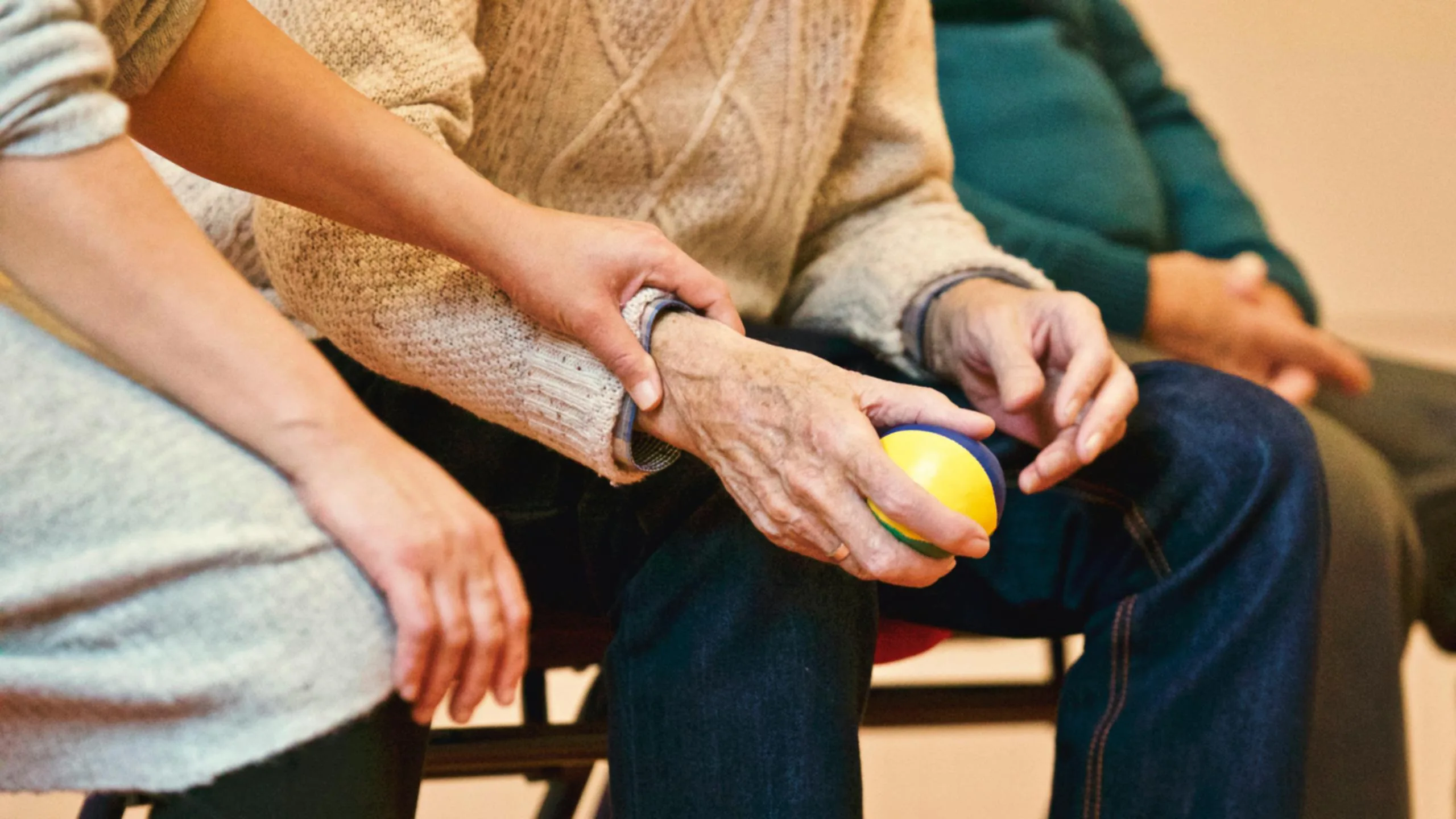5 Signs Your Loved One Needs Home Care
You may notice small changes in an aging parent or relative, but it can be difficult to decide when outside help is needed. Many families feel unsure about the right time to consider home care.
The United States is aging faster than before. Recent SP Global data reveals that by 2030, about 20% of Americans will be 65 or older. Projections estimate that the 65-and-over segment will be the fastest-growing segment, exceeding 71 million individuals by 2030.
This increase means more households will be responsible for supporting older adults who wish to stay at home. The signs of decline can be gradual and easy to miss. A few skipped meals or forgotten tasks do not always seem serious at first. Over time, these issues build and affect safety and independence.
Understanding the signs early can help you take action before a crisis occurs. Below are five obvious indicators that your dear one may benefit from home care.
Sign 1: Subtle Daily Living Struggles That Become Frequent
Many declines begin with simple tasks. You might notice unwashed dishes, expired food, missed medication doses, or confusion. These small gaps worsen when an older adult lives alone, and daily routines falter.
Early difficulties with daily activities usually mark the starting point for families to explore in-home care options. When these issues repeat, they often extend into more complex responsibilities. These challenges typically signal an early decline in Instrumental Activities of Daily Living (IADLs).
As this structure weakens, more tasks begin to slip through, which affects safety and routine. Addressing these concerns promptly helps retain their independence. As IADL tasks become harder, these daily struggles typically point to a deeper issue with routine management.
When an older adult begins to forget essential steps or feels overwhelmed by simple tasks, it impacts nutrition, medication safety, and home upkeep. If you see these patterns, an in-home evaluation can give clarity. Families can visit https://www.auroraathome.com/ to determine the level of support needed.
Early assistance enhances safety, prevents skipped meals, and helps your loved one maintain independence for longer. It also helps families feel optimistic about the next steps.
Sign 2: Mobility Issues, Falls, or Noticeable Physical Decline
Mobility changes are one of the strongest signs that a person may need home care. Slow walking, difficulty getting out of a chair, trouble using stairs, or frequent bruises are indicators of declining balance and stability.
Falls are another major concern because they can lead to fractures, hospital visits, and long recovery periods. The Centers for Disease Control and Prevention labels them as the leading cause of injury for adults aged 65 and older. About one in four older adults fall each year, leading to nearly nine million fall injuries each year.
These rising numbers show why older adults with mobility issues require steady support before a serious accident occurs. This hazard is increasing, and the age-adjusted fall death rate rose by 41% between 2012 and 2021. Fall risks often rise when older adults push through tasks that have become physically demanding.
When mobility becomes unpredictable, additional support becomes essential. Home care services can assist with movement, safe transfers, and simple strength-building activities. Addressing mobility challenges early can prevent emergencies and help your loved one stay steady and confident at home.
Sign 3: Cognitive Changes That Disrupt Safety and Routine
Memory problems usually begin slowly. Your dear one may misplace items, forget reminders, or repeat the same questions. Over time, these issues can compromise judgment, planning, and the ability to manage medications or finances.
As these memory issues progress, daily routines may break down, increasing safety risks. You may notice confusion during simple tasks or difficulty following multistep instructions. These shifts can lead to skipped meals, incorrect medication use, or unsafe decisions.
When these patterns become frequent, daily life becomes harder to manage without support. In-home help can bring structure and consistency. A caregiver can guide medication routines, prepare meals, and offer reminders that keep your loved one steady.
Research supports this approach, showing that early support improves outcomes. A Wiley Online Library study found that preventive home visits improved mental well-being over three years. These visits focused on mobility, nutrition, and social engagement, which strengthened both routine and confidence.
The study also showed that increased knowledge and motivation helped older adults maintain independence for longer.
Sign 4: Caregiver Burnout or Difficulty Meeting Increasing Needs
Caring for an aging parent can be rewarding, but it also takes a toll. You may feel stressed, tired, or unable to balance daily responsibilities with caregiving. Burnout is common when a loved one’s needs grow steadily.
As these demands rise, many families find it harder to manage care independently, which aligns with trends seen across the care industry. Market.us estimates that the home healthcare market may reach $900 billion by 2034, growing at nearly 8% each year.
This rise connects to more chronic illnesses that require steady support at home. Recent Consumer Affairs data highlights that the senior population has exceeded 59 million people, a 33% rise in ten years. Some states already have more than 20% of residents over 65, which increases family caregiving responsibilities.
When caregiving demands rise faster than you can manage, it becomes clear that additional support is needed. Home care can take over complex tasks such as bathing, safe mobility, medication monitoring, and meal planning. Accepting help protects your well-being and ensures your loved one receives timely care.
Sign 5: Multiple Health Issues or Chronic Conditions That Become Hard to Manage
Many older adults live with multiple health conditions. These may include diabetes, arthritis, heart disease, or breathing problems. Managing these conditions simultaneously can become overwhelming, especially when symptoms flare or medication schedules become harder to follow.
As these issues compound, they often suppress strength and slow recovery, making independent living harder. These changes make daily chores harder to keep up with. You may notice that your loved one struggles to track medications, forgets follow-up appointments, or finds treatment plans confusing.
Some may skip meals, lose weight, or feel too tired to complete basic tasks. When these signs appear, it becomes clear that managing health alone is no longer feasible. This is when home care becomes valuable. A caregiver can help with medication reminders, prepare balanced meals, support safe movement, and monitor changes that demand attention.
These growing challenges explain why many older adults benefit from structured support programs. A 2024 PMC review found that structured home-based rehabilitation programs improved strength, mobility, balance, and daily independence. The review noted that supervised exercises and self-care training reduced the impact of chronic conditions and supported safer functioning at home.
People Also Ask
1. How does home care differ from home health care?
Home care focuses on mundane activities like bathing, meal prep, companionship, and housekeeping, helping manage daily life. Home health care is skilled medical assistance, such as wound care or physical therapy, provided by licensed nurses and therapists. It requires a doctor’s order.
2. How should I talk to my loved one about accepting home care?
Approach the conversation by highlighting their safety and your wish to support their independence at home. Frame the help as a partnership, not a loss of control. Include them in the caregiver selection process to ensure they feel respected and validated.
3. How do you know if home care is better than moving a loved one to assisted living?
Home care is often better when your loved one wants to stay in familiar surroundings and only requires help with particular tasks. Assisted living may suit those who need round-the-clock help. The best choice depends on their comfort, health needs, and how much independence they wish to keep.
Choosing when to hire home care isn’t simple. You may notice small changes that grow into larger challenges. The signs listed above, including daily living struggles, mobility issues, cognitive changes, and caregiver burnout, are strong indicators that your loved one may need structured support.
Home care can reduce risks, improve comfort, and maintain dignity. If you recognize these issues, taking action now can prevent emergencies later. Support at the right time ensures your dear ones remain safe and self-sufficient for as long as possible.





